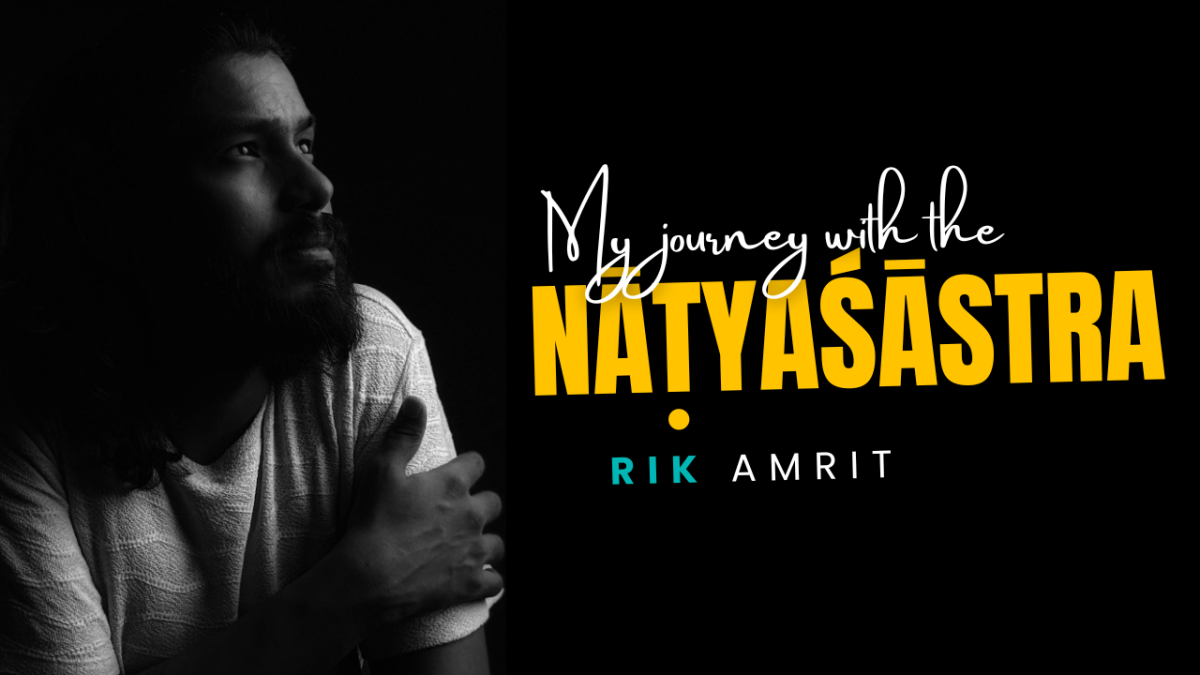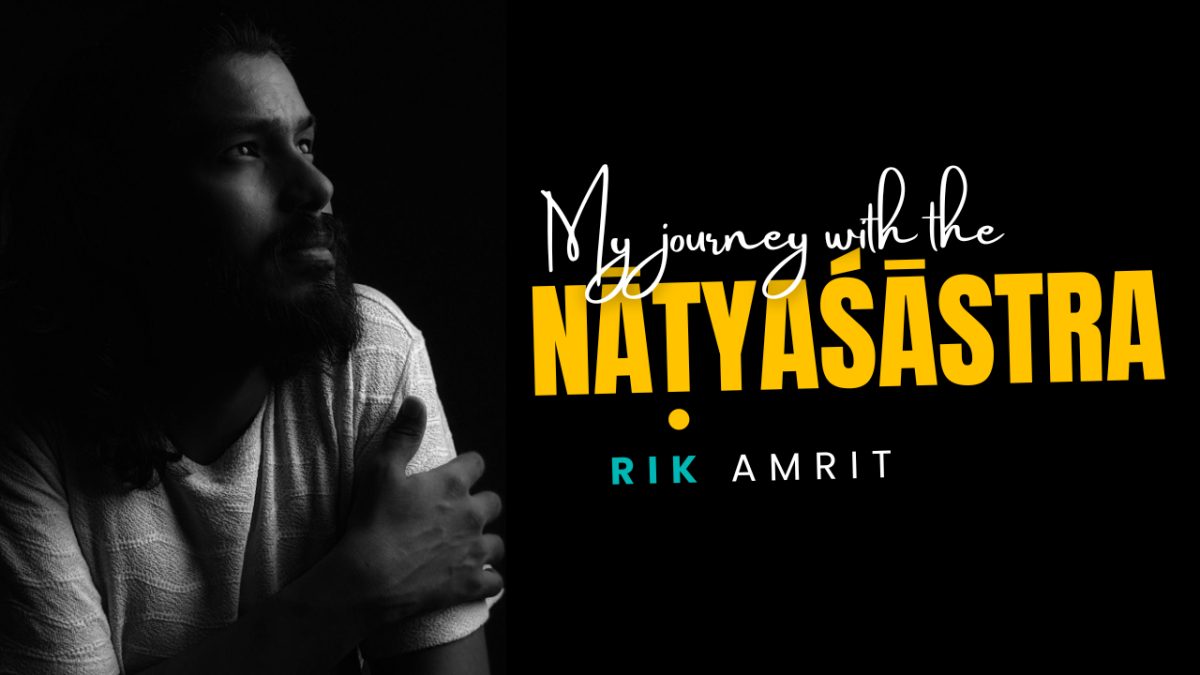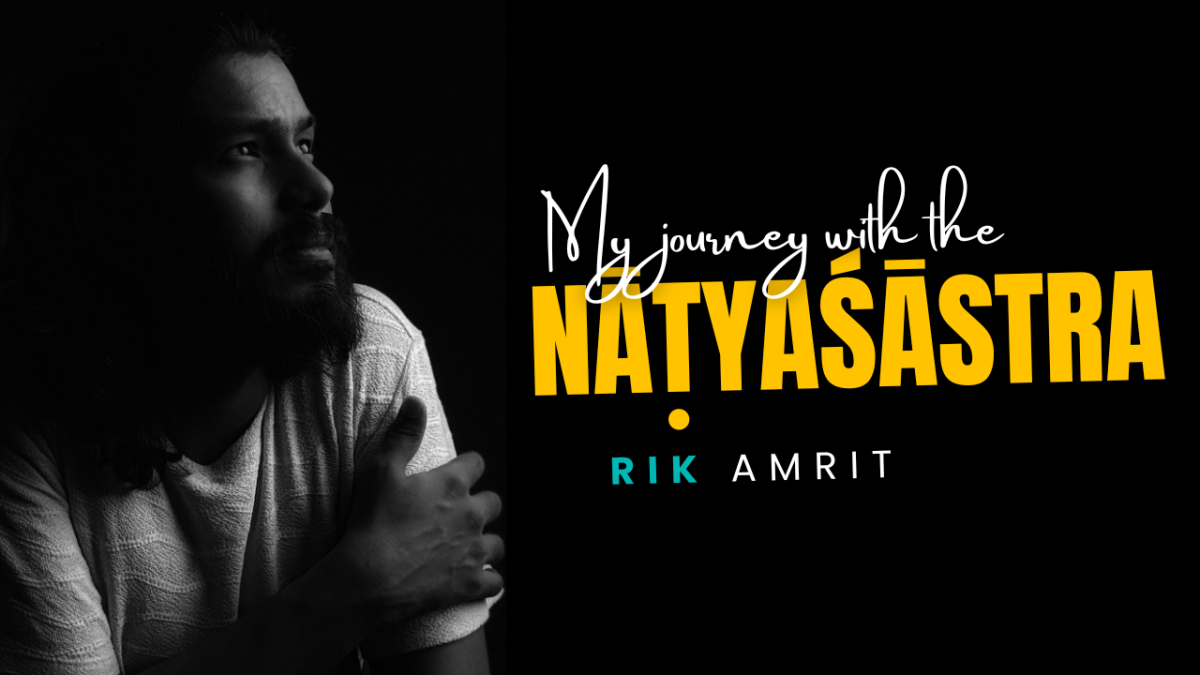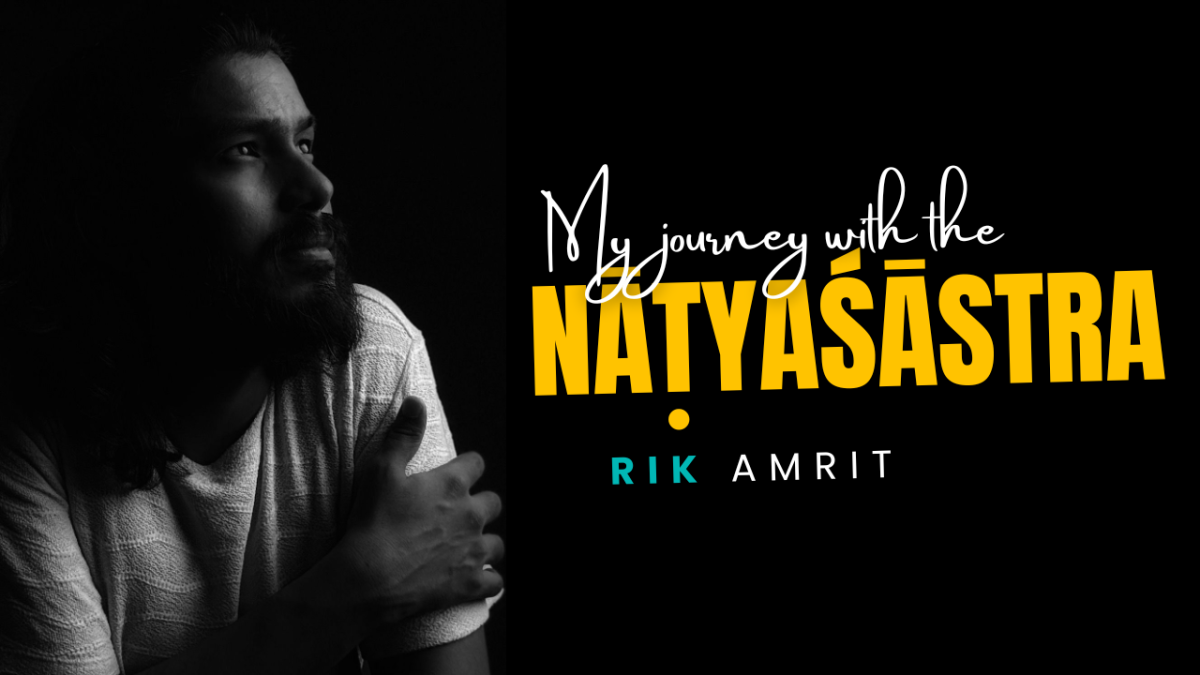A decade ago, in March 2013, I visited Manish Da’s (Manish Mitra, the director of the Kasba Arghya theatre group) home for the first time for a lunch invitation. That afternoon marked my initial foray into Kolkata’s professional Theatre world, although my relationship with the stage was not new. Despite my teenage uncertainties and hesitations, our conversation that day revolved solely around academics and not Theatre, coincidentally tied together by our mutual connection with the SUCI and Ashutosh College. Over the past decade, my political, social, and aesthetic positions have diverged somewhat from the general crowd of artists in Kolkata. Consequently, I still do not feel entirely ‘comfortable’ within the conventional understanding of Bengali Theatre. Nevertheless, that day holds immense significance for me. It was in Manishda’s library that my academic pride first took a hit. Not because of the sheer number of books, but because among the books there, I had only read one (Shahzad Firdaus’s famous novel ‘Vyasa’). It was also my first introduction to Mahamahopadhyaya Haridas Siddhantabagish Bhattacharya and the four volumes of N.P. Unni’s “Natyashastra.”
As a young academician with an insatiable hunger for knowledge and a strong belief in secularism, I began to understand the essence of holistic art for the first time, and how an atheist might find a sense of existence through it. This series narrates that experience. Given the constraints of a blog, we will gradually attempt to understand the basic concepts of Natyashastra through my jurney in simple language.
The Natyashastra we refer to today is the Natyashastra of Bharata. Who is Bharata? Bharata is a Natyacharya. There is considerable debate about whether Bharata is his name or title. Natyashastra, meaning the treatise that discusses the art of Natya (theatre), is only partially accurate. What is the complete picture? Before delving into this curiosity, there are other questions that remain. Why Bharata‘s Natyashastra? Are there other acharyas’ Natyashastras as well? What is the context, time, and audience for the Natyashastra? We will explore these questions and understand why the study of Natyashastra is important and its benefits. Essentially, the key to studying any treatise is to become its rightful interpreter. Through this blog, we will strive to gradually achieve this.
The Natyashastra, written primarily in Anushtup meter (with occasional Upajati and Arya meters), along with prose and sutra forms, is the foundational text of Indian performing arts. Bharata Muni attempted to address the various curiosities about theatre posed by other sages, like Atri, through this Natyashastra. In this compilation of 36 chapters, the sages asked Bharata Muni five major and several auxiliary questions. In response, Bharata discussed the origin and application of theatre, the construction of theatre halls, various rituals, preliminary preparations, choreography, different types of acting, rasa, bhava, etc. He even elaborated on the training of actors. The five major questions posed by Atri and other sages aimed to understand the entirety of theatre, and Bharata explained it comprehensively through approximately 6000 karikas, sutras, and prose sections.
What is a karika? A karika is a verse that explains a rule or concept concisely. The primary goal of a karika is to present rules or definitions clearly and simply, making them easy to remember. Today, we study the Natyashastra through the commentary “Abhinavabharati” by Abhinavagupta, a key figure in Kashmir Shaivism. From this commentary, we learn that the Natyashastra, originally written by Bharata in 6000 karikas, is actually a condensed version of another Natyashastra of 12000 karikas. So, who authored this Adi Natyashastra?
We find some clues in the Amarakosha (by Amarasimha) and Panini‘s Ashtadhyayi. The Amarakosha mentions three traditions of Theatre: the Natsutra of Shilali, the Natyashastra of Krishashva, and Bharata‘s Natyashastra. According to Panini, followers of Shilali‘s Natsutra were known as Shailalin, and those of Krishashva as Krishashvin. Scholars believe that Shilalin and Krishashvin preceded Bharata‘s discussions.
In the Ashtadhyayi (4.3.110), it is mentioned: “Parasharyashilalivyang Bhikshunatsutrayo.”
This means Parashara wrote the Bhikshu Sutra and Shilali wrote the Natsutra. In the following sutra (4.3.111), it is written: “Karmandakrishashvadinih,” indicating that followers of Krishashva were known as Krishashvin. According to S.C. Bose’s commentary, “Karmandin” refers to the Bhikshu (mendicants or monks), and “Krishashvin” refers to the Nata (actors or performers).
In the Natyashastra, actors are sometimes called Shailalaka, indicating the Shailalin tradition. Some scholars believe that Bharata was inspired by Shilalin’s Natsutras (part of the Amnaya tradition) to formulate the techniques and rules of Purvaranga in the Natyashastra. It can be assumed that Shilali‘s tradition significantly influenced the decoration, acting styles, and rituals of Theatre. Bharata Muni might have drawn inspiration from these ancient traditions.
Thus, even before Bharata Muni composed the Natyashastra, there were already treatises and traditions suitable for Theatre in India. The Ramayana, Mahabharata, and Shatapatha Brahmana also mention Theatre. In the Sabha Parva of the Mahabharata, we see the use of the word “Shailush” to denote an actor, dancer, or performer. My personal regret is that Sri Rama ordered the extermination of the Nata community near the Bay of Bengal and the Shailush Gandharvas by the Sindhu River (source: https://www.wisdomlib.org/definition/shailusha), as mentioned in the Uttara Kanda of the Valmiki Ramayana and Agni Purana, chapter 11. Yet, we identify any artist by the names of his sons, Kushilava. However, this is not intended to be a jibe.




Comments (0)
Rate this Article
How do you feel about this article?
Comments (0)
No comments yet
Be the first to share your thoughts!
Join the Discussion